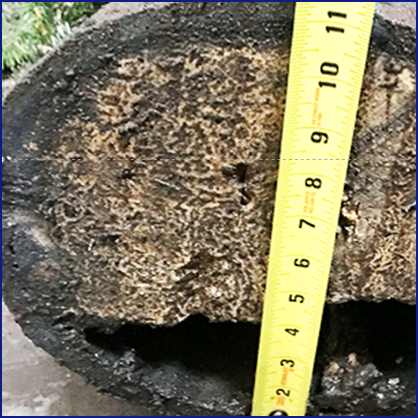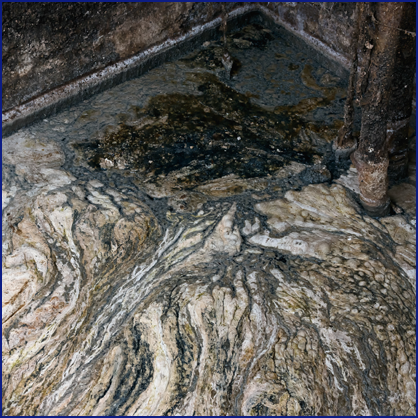- 1005 S. Main Street West Milton, OH 45383
- 937-698-3322
877-217-7199
- Send Us Emailjluebke@filtershineusa.com
Improperly disposed of FOG (Fats, Oils and Grease) can end up in public storm sewers and wastewater treatment plants. When FOG builds up in pipelines, it can solidify as hard as concrete.


This hardened buildup can partially or completely block the pipes and cause raw sewage backups or flooding.
This is one reason why more municipalities are exercising their authority regarding general pretreatment standards to establish and enforce more FOG regulatory controls.
Food service establishments can deploy a variety of best management practices to control and capture FOG material including:
There is no discharge of FOG (fats, oils, grease) into waterways.
Expenses on grease trap and drain line servicings are reduced.
Sanitary sewer overflows are reduced.
Water is conserved.
Non-renderable waste grease production is reduced.
FOG Control Practice |
Benefit |
|
Improved kitchen best management practices means less grease down the drain
|
Reduced drain line blockages and cleaning
Reduced cost of drain line cleaning and jetting
Reduced sanitary sewer overflows
Reduced odors
Reduced non-renderable waste grease generation
|
|
Increased cleaning or maintenance of grease control devices
|
Reduced drain line blockages and cleaning
Reduced sanitary sewer overflows
Reduced odors
|
|
Overall compliance with the FOG control program
|
Avoidance of non-compliance fees or fines
Benefit the environment and the community
|